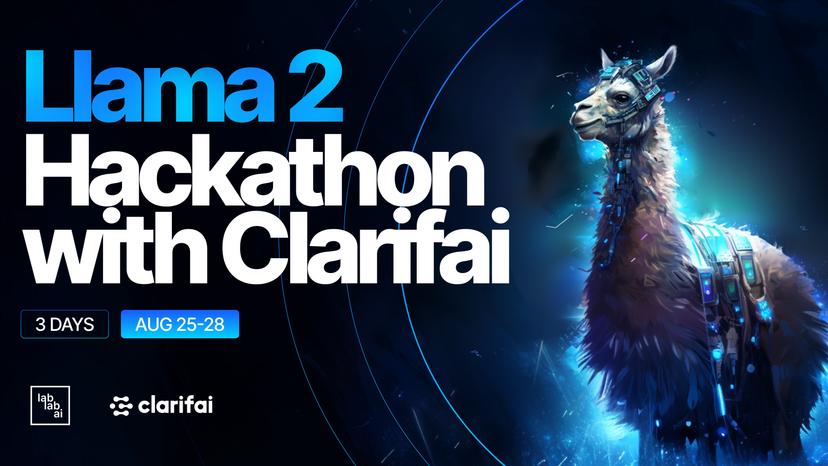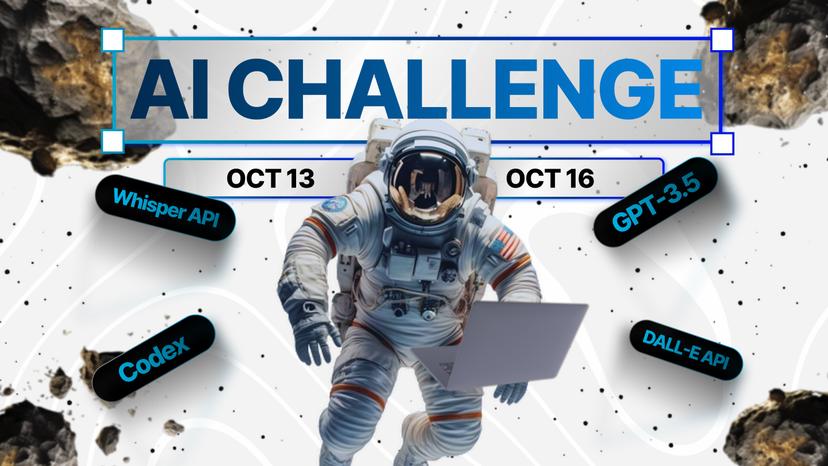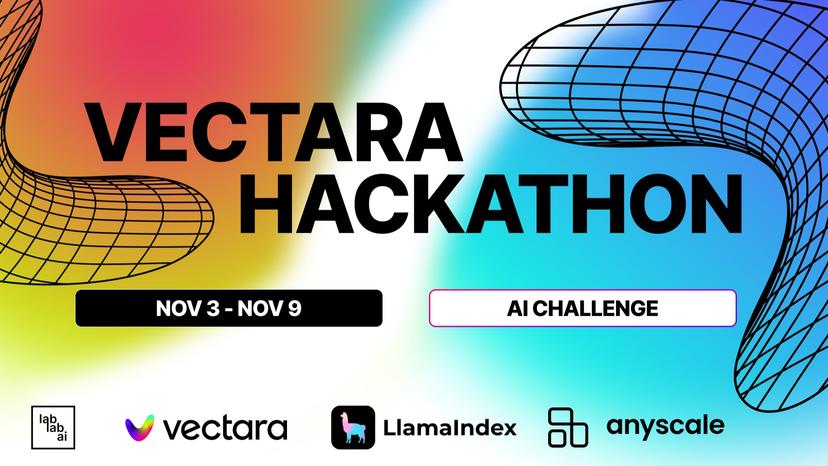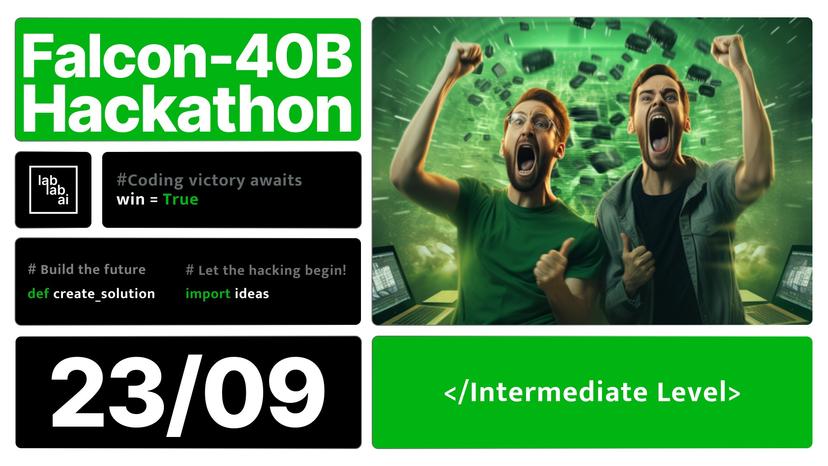🤝 Top Collabolators
🤓 Submissions

Llama-2 Reasoning Support
Clinical reasoning is at the center of medical care. History taking and physical examination findings provide the greatest part to identify a preliminary list of diagnoses. But clinical reasoning suffers from bias. Supporting reasoning through large language models might help healthcare providers in diagnostic thinking. As initial step a list of possible diagnoses is created from a symptoms. In the future chained prompts might additionaly produce suggestions for further diagnostic workup based on the list of differential diagnosis or provide key findings that help to differentiate between the preliminary list of diseases.
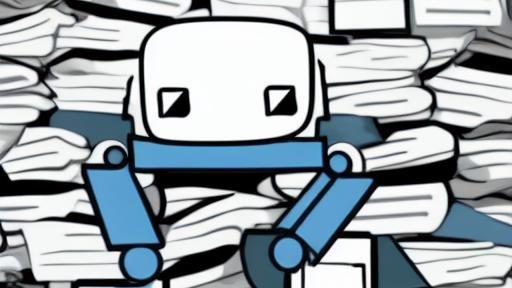
LLM enhanced Medical Notes
Working with medical notes puts a significant strain on healthcare professionals. The volume of findings is constantly increasing, driven by advances in medical technology and an aging population. These notes encompass a wide range of information, including clinical assessments, treatment plans, diagnostic test results, and progress reports. Navigating through this wealth of data demands meticulous attention and consumes valuable time that could be allocated to direct patient care. Medical findings are extensive, diverse, and complex, reflecting the intricacies of human health and the multifaceted nature of medical conditions. The diversity poses a challenge for healthcare workers, who must assimilate and synthesize this information to provide the best possible care. As a result, healthcare professionals spend a significant amount of time searching through these findings. They meticulously comb through records, striving to extract the most relevant information while ensuring nothing critical is overlooked. Yet, despite their best efforts, the sheer volume and complexity of medical notes can lead to instances where crucial details may inadvertently go unnoticed. This is where large language models step in as powerful tools to augment healthcare workflows. With their ability to rapidly process and comprehend vast amounts of text, they can swiftly analyze medical notes and extract pertinent information. By doing so, they assist in streamlining the information retrieval process, allowing healthcare professionals to allocate more time to direct patient interactions and clinical decision-making.
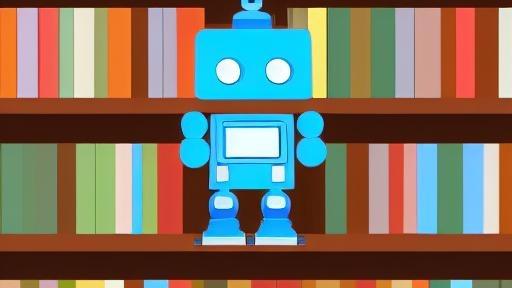
everdiver
Evernote is used by 250 million people worldwide to collect ideas, document meetings, and much more. It runs as a local application or in the cloud and has preceded comparable applications by the big tech companies. Once the note collection has grown over the years, it can become cumbersome to keep an overview and refer to past notes. Large language models offer help to improve search functions and build knowledge from old notes. With the dawn of open-source large language models such as Falcon by the Technology Innovation Institute, new possibilities have been opened. Since these models can be run on less powerful customer hardware, private Evernote data can now be processed, preserving privacy.
.png&w=256&q=75)
.png&w=640&q=75)
.png&w=640&q=75)


